Category: Nonfiction
Reviewed by: Douglas G. Adler
Title: Inspired Enterprise: How NASA, the Smithsonian, and the Aerospace Community Helped Launch Star Trek
Author: Glen Swanson
Format: Hardcover
Pages: 288
Publisher: Schiffer
Date: July 2025
Retail price: $35.00
ISBN: 978-0764369360
Find this book
Star Trek has, without a doubt, been written about more than any other science fiction franchise. Almost any aspect of the world of Star Trek that you can conceive of has been plumbed, analyzed, and dissected again and again in books and magazines. The casts of various shows and movies have written an entire bookshelf of works about Star Trek, as have the showrunners, academics, and many journalists. I personally own dozens of nonfiction books about Star Trek, and I am sure I do not have them all. Still, somehow, after all these years there are still new things to discuss when it comes to Star Trek.
Among these works comes Inspired Enterprise: How NASA, the Smithsonian, and the Aerospace Community Helped Launch Star Trek, by Glen Swanson. Swanson begins by giving readers a history of the early development of the landmark eponymous 1966-1969 television series. While interesting, much of the material in this section of the book is well known to fans and has been told and retold many times before.
The core of the book centers on the interaction between the creators of Star Trek and the aerospace community, NASA, and (later on) museums such as the National Air and Space Museum. Of note, the Air and Space Museum currently displays the holy-of-holies: the 11-foot filming model of the original USS Enterprise, which occupies a place of honor at the main entrance.
NASA, JPL, the RAND Corporation, North American, and TRW are but a few of the companies and agencies that interacted with Star Trek creator Gene Roddenberry and his associates before, during, and after the original series aired on NBC. There was often a vigorous dialogue and dynamic interplay back and forth between the show’s creators and these agencies as Roddenberry et al strived to make Star Trek an exciting drama that was scientifically accurate. The scientists (who were often science fiction fans in general and Star Trek fans in particular) were eager to interact with the creative team behind the show and possibly contribute to it and its sequels in some small way, while the showrunners were eager to meet with scientists to get ideas for future stories, sets, props, and scenarios that were at least scientifically plausible.
Swanson also devotes a significant portion of the book the creation of commercially available toy models that were based on the space vessels features on Star Trek. While I found this section to be extremely interesting (as someone who built these very models as a child), it does diverge substantially from the main themes of the book and feels very much like a long aside. Other chapters also sometimes drift far from the main topic, but do so in a way that feels organic and natural and does not detract from the book as a whole.
Swanson has written a detailed and interesting book for a very niche audience. The book is likely to be of greatest interest to Star Trek fans with ongoing curiosity about the original series and the lives of those who made it. Modern audiences, or those who grew up watching more recent incarnations of Star Trek, may simply not relate to the situations and events of this work as most of the key events that the book focuses on occurred over 50 years ago. In that respect, Swanson’s book is somewhat reminiscent of author Marc Cushman’s massive six-volume series collectively known as These Are the Voyages that serve as multi-thousand-page long production diaries for the original series – of intense interest to a small number of people, but highly valued by the target audience.
To be sure, Swanson’s book will not be sold in airport bookstores, but is likely to find a readership among diehard fans of the original Star Trek series, and I suspect that is who he was aiming for all along.
© 2025 Douglas G. Adler

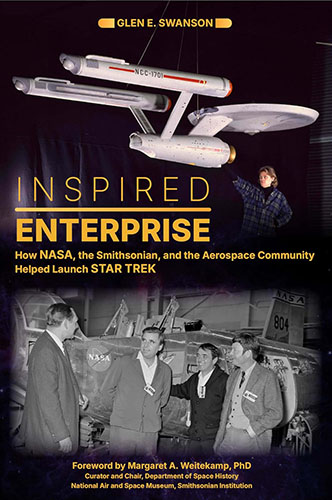
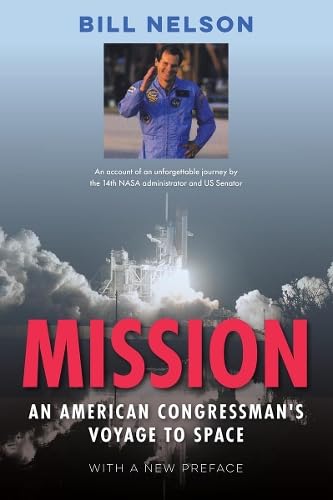
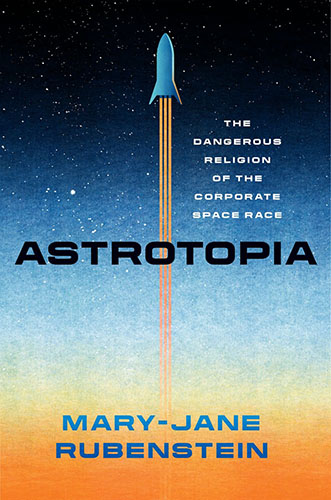
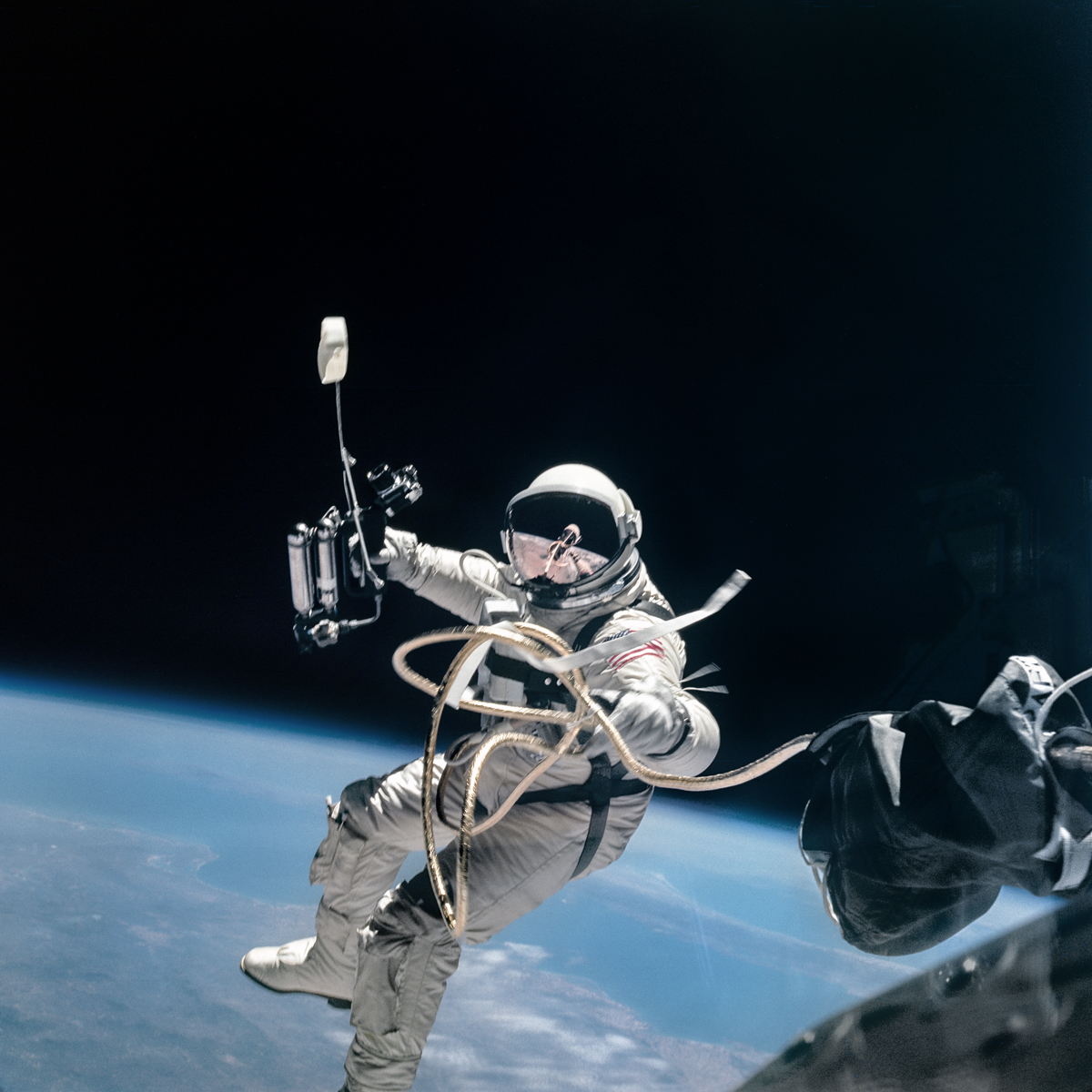
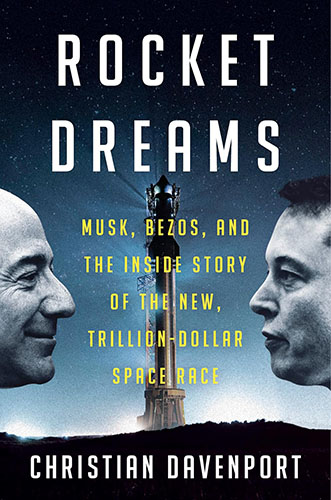

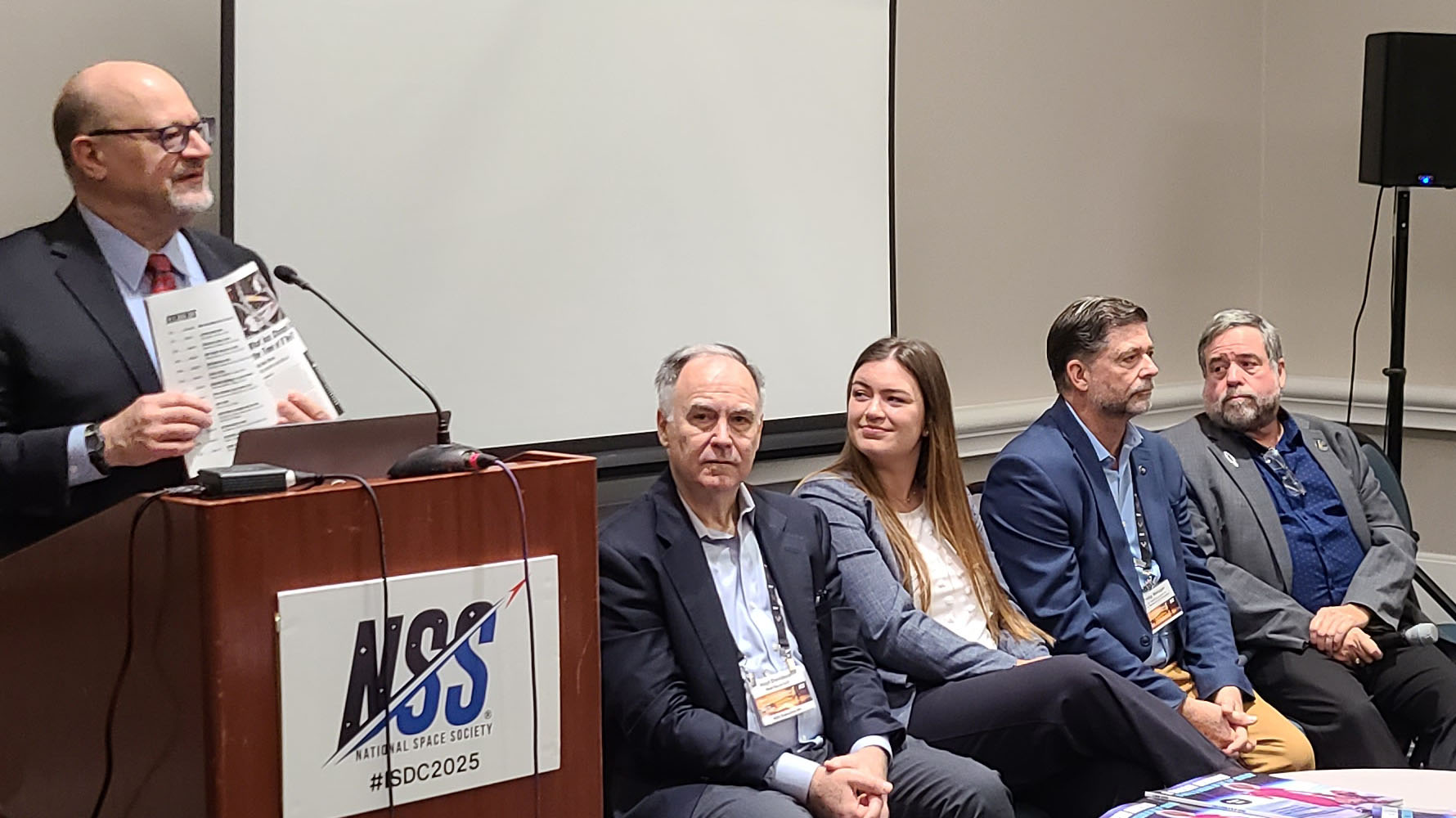
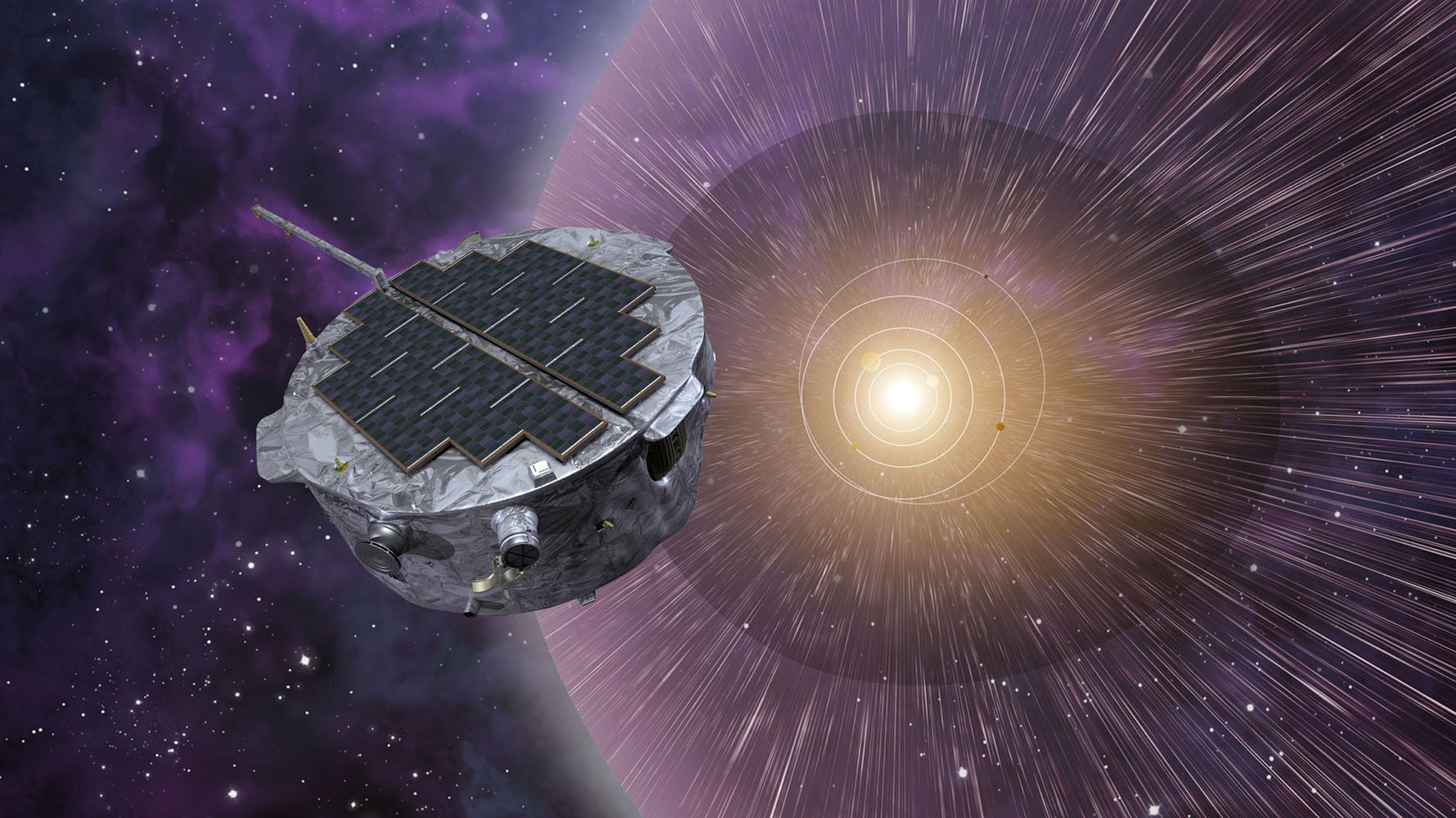
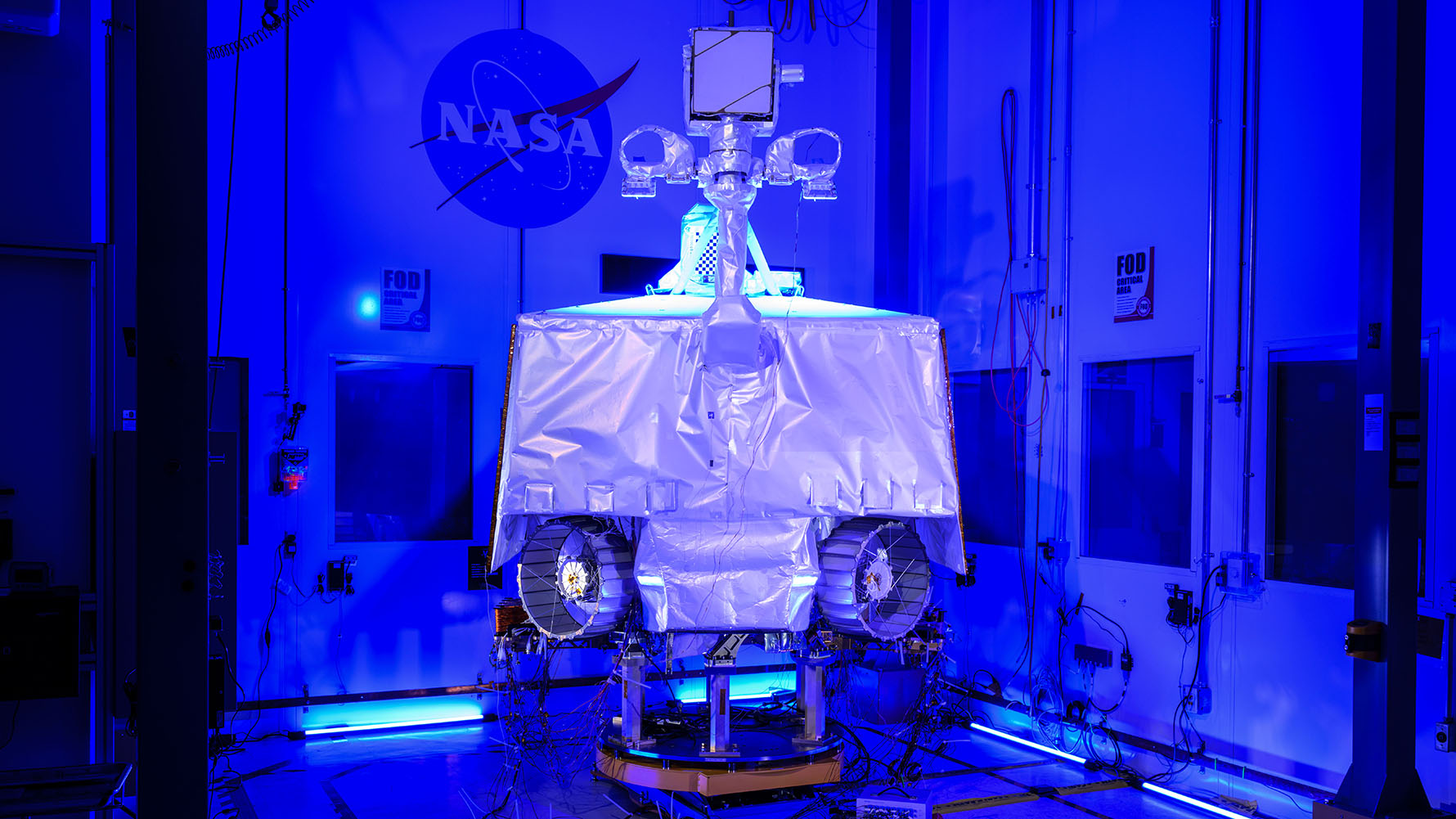
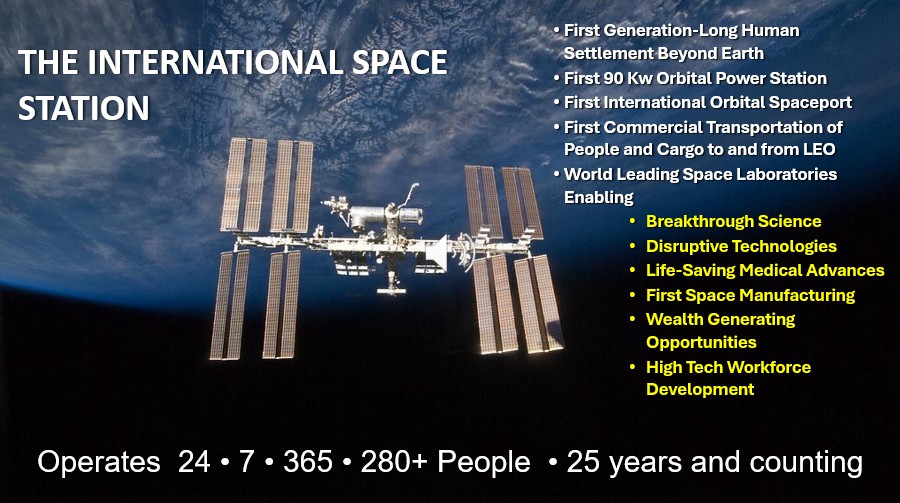
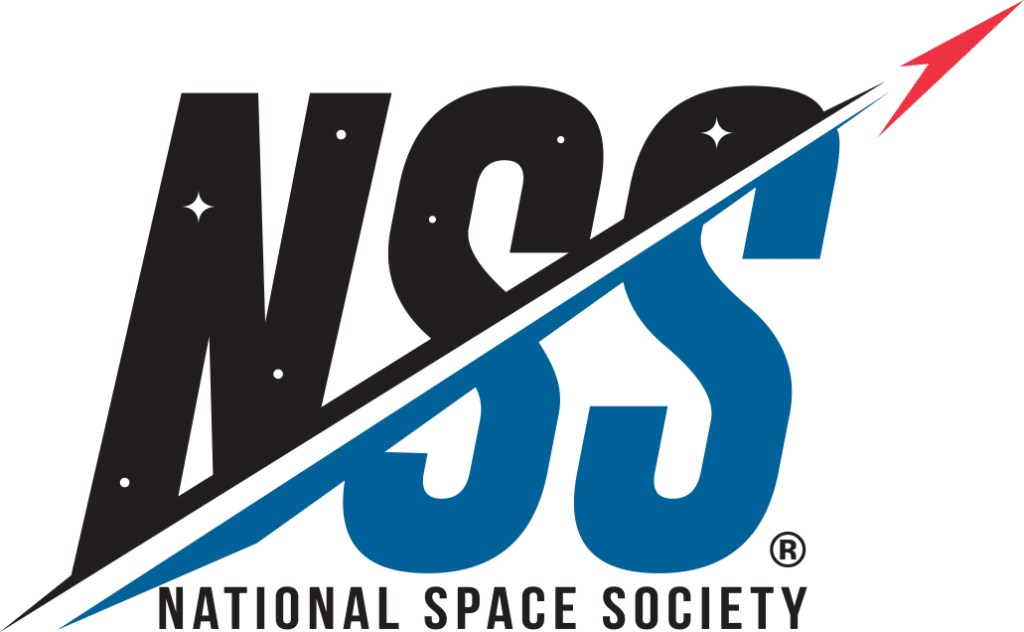

2 thoughts on “Book Review: Inspired Enterprise”
I remember reading about the cast of Star Trek, including James Doohan, meeting with scientists from NASA and discussing the physics of matter/antimatter annihilation. Fans of the series are familiar with how matter/antimatter annihilation is part of the method used to create the Warp Drive that allows the Enterprise to effectively travel faster than the speed of light. Doohan, who played the Enterprise Chief Engineer Montgomery “Scotty” Scott, was an actual reader of technical publications from Aerospace and other companies.
Thank you for this review.
You wrote, “ While interesting, much of the material in this section of the book is well known to fans and has been told and retold many times before.”
I think I dodge the bullet on this one; I bought the crowdfunded “Alien: Isolation” game book and it was 90 percent re-hashed internet traffic. Sad to hear this one suffered from that as well.